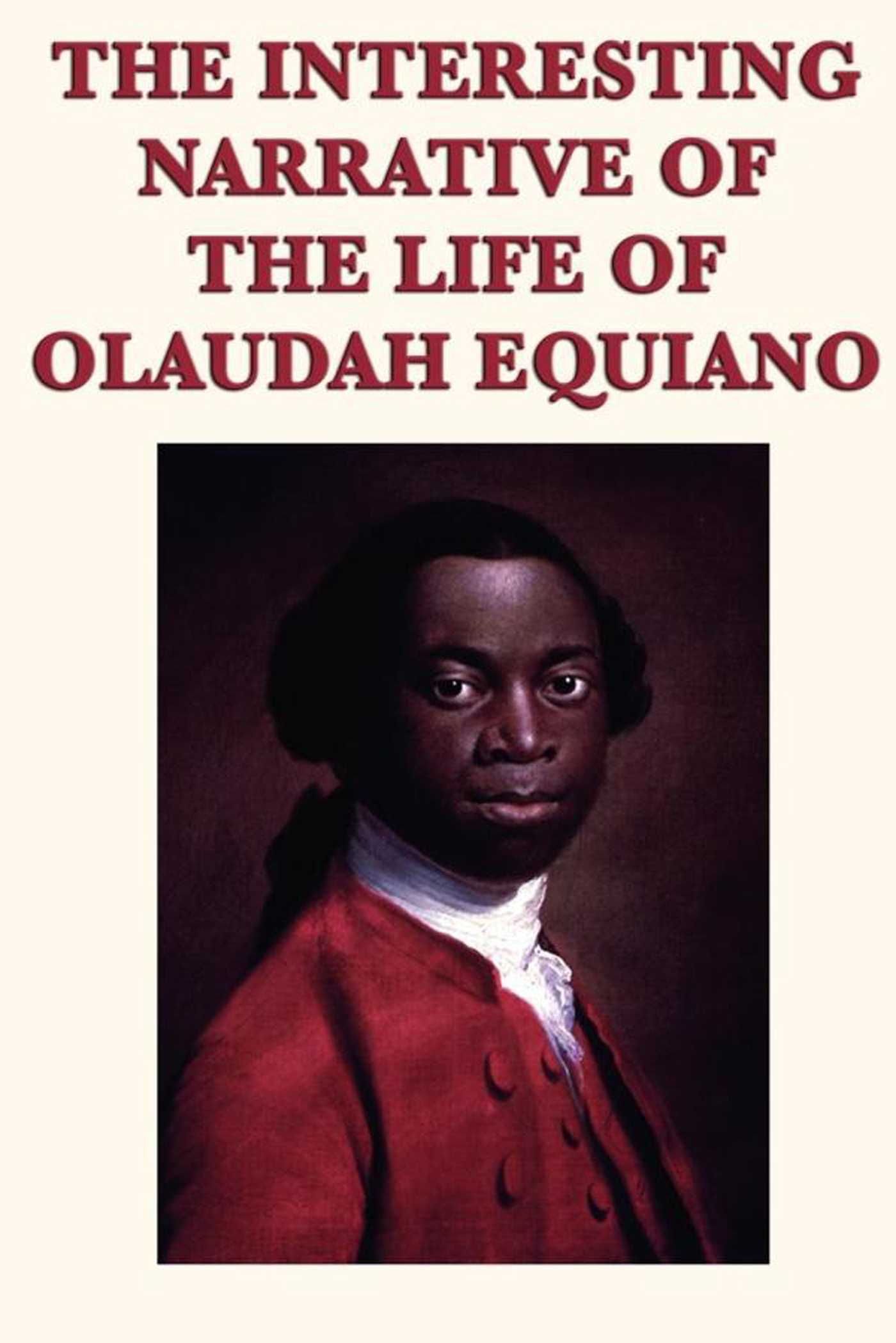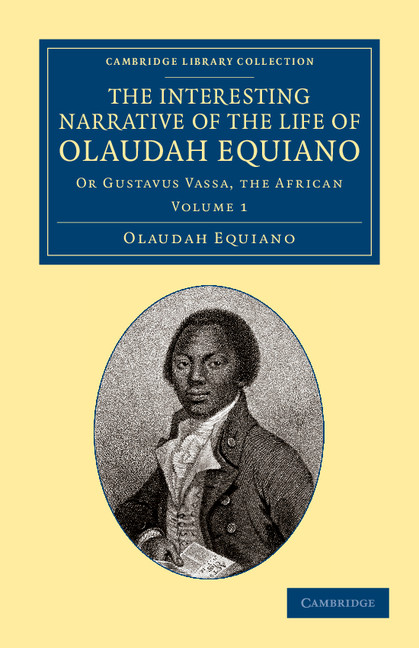

Įquiano describes that Eboe (now known as Igboland) had well established rules and laws of governing. He details his district, Eboe (now Nigeria), and the isolation of Essake, the small province of his birth in 1745. He was born in the Kingdom of Benin, a part of Guinea. He states, "I am neither a saint, a hero, nor a tyrant." He begins his story with a description of his homeland and the district in which he was born. He apologizes to his readers in advance for not having the most exciting story, but hopes it helps other slaves in his position. He explains that they often have to defend themselves against those who question their work.


He is empathetic about hardships that memoir writers experience. In this section of the book, Equiano includes this preface to avoid further discrediting.Įquiano opens his Narrative with an explanation of his struggle to write a memoir. discusses the use of prefaces by black authors to humanize their being, which in turn made their work credible. To combat these accusations, Equiano includes a set of letters written by white people who "knew me when I first arrived in England and could speak no language but that of Africa." In his article, "Preface to Blackness: Text and Pretext" Henry Louis Gates Jr. The cross-cultural and geopolitical journey from slavery to freedom and heathenism to Christianity.īefore Chapter 1, Equiano writes: "An invidious falsehood having appeared in the Oracle of the 25th, and the Star of the 27th of April 1792, with a view, to hurt my character, and to discredit and prevent the sale of my Narrative." Like many literary works written by black people during this time, Equiano's work was discredited as a false presentation of his slavery experience.The African slave's voyage from Africa ( Igbo Land) to the Americas and England.The book describes Equiano's time spent in enslavement, and documents his attempts at becoming an independent man through his study of the Bible, and his eventual success in gaining his own freedom and in business thereafter. The narrative is argued to represent a variety of styles, such as a slavery narrative, travel narrative, and spiritual narrative. The Interesting Narrative of the Life of Olaudah Equiano, Or Gustavus Vassa, The African, first published in 1789 in London, is the autobiography of Olaudah Equiano. The green plaque at Riding House Street, London, commemorates where Equiano lived and published his narrative.


 0 kommentar(er)
0 kommentar(er)
